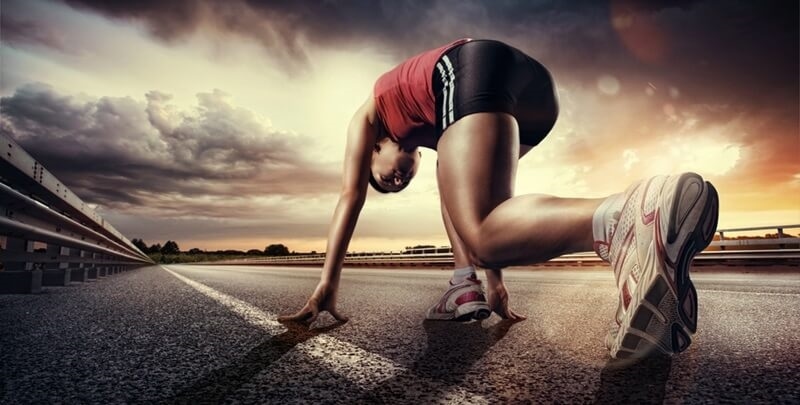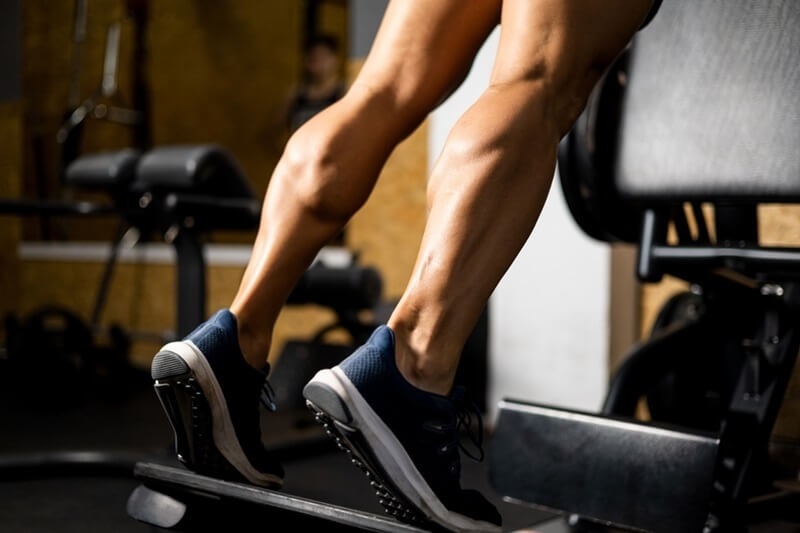
This is the truth of it. Hockey isn’t merely about speeding on skates or body-checking. To dominate the rink, the horsepower must come from somewhere over and beyond just those quads and glutes. The calves—the ones everyone forgets about—are the engine behind calf strength skating speed and stability. Ignore them, and your stride feels flat. Train them right, and your skating goes from “meh” to explosive.
This isn’t theory. Calf training for hockey players, hockey calf exercises, and plyometrics for hockey calves change the way you move on the ice. From dorsiflexion mobility skating to ankle stability, everything starts from the calves. Proper training also helps prevent ankle injury hockey, making each stride more powerful and controlled.
Every stride you take depends on your calves. The gastrocnemius and soleus control plantarflexion—the motion that pushes your toes into the ice. Weak calves? You waste energy. Strong calves? Every stride hits harder, goes farther, and keeps you moving longer.
Ever notice how some players seem to glide effortlessly? That’s calf strength. That spring you see? That’s reactive power built from proper hockey calf exercises.
Hockey is chaos. Cuts, stops, pivots, and sudden starts are constant. Weak calves = weak ankles. That’s how sprains and rolled ankles happen. Strong calves keep the ankle locked, ready for anything. Calf strength isn’t just about speed; it’s about staying on your feet when everything around you is moving fast.
Here’s the kicker: dorsiflexion mobility. Can you lift your toes toward your shin without pain? Tight calves restrict it. That means your knees can’t bend properly, your posture suffers, and your stride length shortens. Calf training combined with dorsiflexion mobility drills keeps you low, powerful, and efficient.

If you’re serious about skating speed, power, and ankle stability, these exercises are non-negotiable:
Also check: How Hip Strength Enhances Your Hockey Skating Power
This is how one could arrange his training without overdoing it:
Do this consistently, mix it with regular leg workouts, and your calves will power every stride and protect your ankles.
Discover More: Train Upper Body Strength to Shoot Better & Puck Control
Let’s be honest: weak calves are a recipe for ankle trouble. Every stop, pivot, and push-off torques the joint. Without strong calves and good dorsiflexion mobility, you’re asking for injury. Calf training is excellent for stabilizing the ankle, keeping it ready for whatever the game tries to throw at you.
Stronger calves mean less wasted energy, fewer injuries, longer shifts on the ice, and overall better performance.
Don’t Miss: Enhancing Hockey Sense: Top Strategies for Players
That is the main principle for any form of calf training for hockey players: it is foundational. Strong, mobile calves mean faster calf strength skating speed, explosive power, better stability, and fewer injuries. Hockey calf exercises, plyometrics for hockey calves, and dorsiflexion mobility skating drills are not only for working in the gym—they directly affect each stride, stop, and pivot on the ice.
Ignore your calves, and your skating suffers. Train them right, and you’ll move sharper, hit harder, and dominate longer. Prevent ankle injury hockey. Skate faster. Stop quicker. Cut sharper. Protect your ankles. That’s the payoff.
This content was created by AI